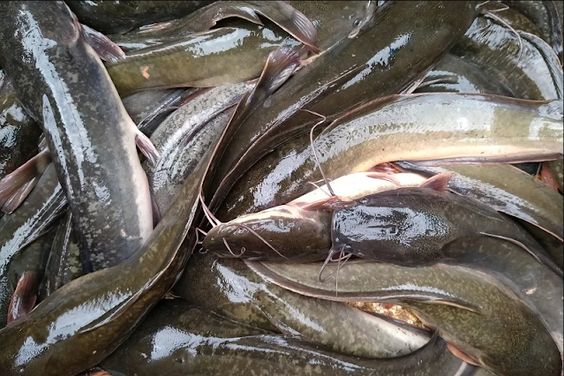- This topic is empty.
- AuthorPosts
- ሚያዝያ 4, 2025 at 6:12 ኤኤም #620370

Catfish farming has grown significantly in recent years, providing a vital source of protein for global consumption. As demand for farmed fish rises, so does the need to adopt more sustainable practices. Focusing on natural and sustainable growth enhancement strategies is essential for minimizing environmental impact while maximizing productivity.
By incorporating eco-friendly methods and promoting the health of the catfish, farmers can ensure long-term success. This article explores various sustainable and natural growth enhancement strategies that can be employed in catfish farming for improved outcomes.
1. Importance of Sustainable Feeding Practices
Sustainable feeding practices are foundational to enhancing catfish growth while reducing environmental impacts. Traditional feed production can be resource-intensive, contributing to overfishing and environmental degradation. By shifting towards natural, plant-based feeds, catfish farmers can reduce their reliance on fishmeal and other unsustainable feed ingredients.
These alternative feeds not only provide essential nutrients but also support local agricultural systems by utilizing by-products like grains, legumes, and algae. Furthermore, managing feed efficiency by avoiding overfeeding helps reduce waste and the negative effects of excess nutrients on water quality.
2. Incorporating Organic and Natural Feed Ingredients
One of the most effective strategies for sustainable growth is incorporating organic and natural feed ingredients into catfish diets. Organic farming practices avoid synthetic chemicals and fertilizers, which can negatively affect water quality and biodiversity.
By using organic feed ingredients, such as non-GMO grains, algae, and plant-based proteins, farmers can reduce the ecological footprint of their operations. These feeds promote the overall health of the catfish and provide a more sustainable alternative to conventional feed ingredients, leading to better growth and a more eco-friendly farming practice.
3. Enhancing Growth Through Aquaponics Systems
Aquaponics is an innovative and sustainable system that combines aquaculture (fish farming) with hydroponics (plant cultivation). This integrated approach allows catfish and plants to thrive in a symbiotic environment.
Catfish produce waste that provides essential nutrients for plants, while the plants help filter and purify the water, benefiting the fish. Aquaponics systems have been proven.
en to enhance catfish growth by providing clean, nutrient-rich water while minimizing water usage and reducing the need for synthetic fertilizers.
This method promotes natural growth cycles and offers a sustainable solution for farmers seeking eco-friendly growth enhancement strategies.
4. Implementing Rotational and Polyculture Systems
Another natural growth enhancement strategy is the implementation of rotational and polyculture farming systems. Rotational farming involves alternating different species of fish or crops in the same environment to reduce disease risk and improve nutrient cycling.
Poly culture, on the other hand, involves raising multiple species of fish or plants together, which can benefit catfish by providing a more diverse and balanced ecosystem.
These systems can help control pest populations, improve water quality, and enhance the overall growth of catfish. By adopting these natural farming techniques, farmers can optimize growth while maintaining a sustainable and healthy farming environment.
5. Promoting Healthy Water Management Practices
Water quality plays a critical role in the sustainable growth of catfish. Healthy water management practices are essential for maintaining optimal conditions for growth. Strategies such as regular water testing, proper filtration, and maintaining ideal water temperatures ensure that catfish thrive.
Natural methods, like using biofilters or aquatic plants to improve water quality, can help reduce the need for harmful chemicals and synthetic treatments. Additionally, maintaining adequate oxygen levels and proper waste management helps prevent the build-up of harmful substances, promoting faster and more natural growth in catfish.
Sustainable and natural growth enhancement strategies for catfish farming are vital for ensuring the future of aquaculture while minimizing environmental impact.
By adopting practices such as sustainable feeding, organic feed ingredients, aquaponics, polyculture systems, and efficient water management, farmers can enhance the growth of catfish in a way that is both ecologically responsible and economically viable.
These strategies offer a more natural approach to farming, ensuring that catfish production remains efficient, profitable, and sustainable for gFISHenerations to come.
Read Also: Value-Added Fish Processing: All you need to Know
- AuthorPosts
- You must be logged in to reply to this topic.

